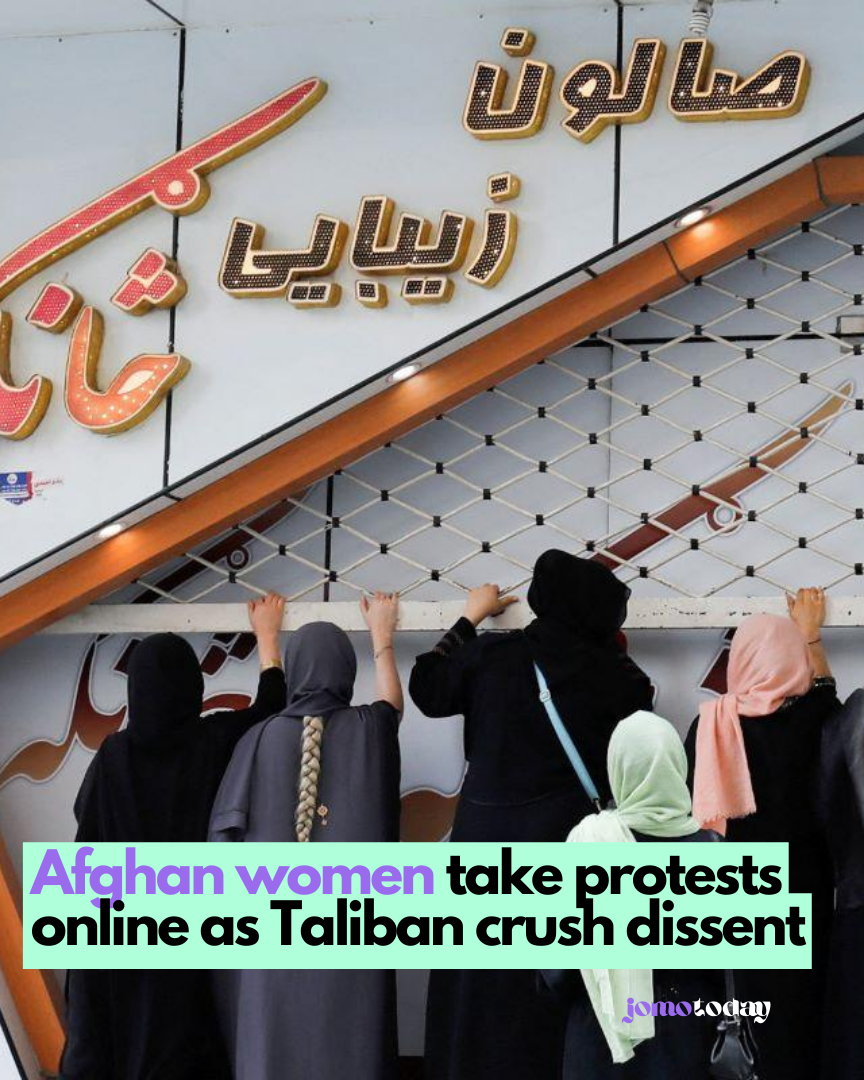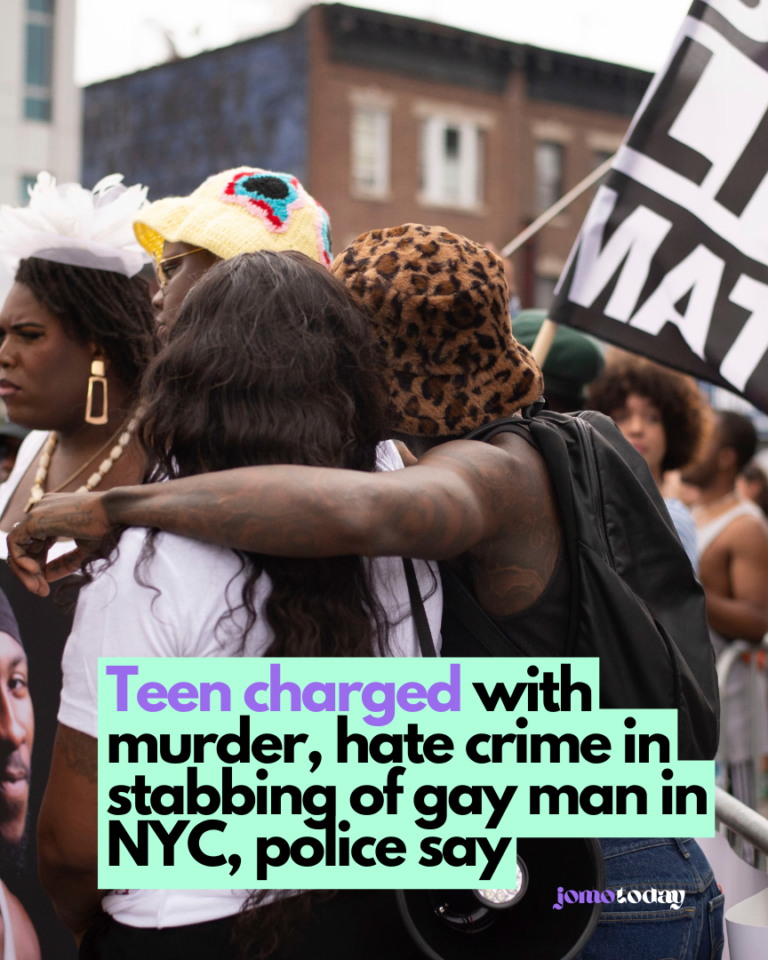In July, following a directive from the Taliban administration in Afghanistan, which stated that all women’s beauty salons must shut down within a month, videos surfaced on social media depicting women’s protests both in the streets of Kabul and within their homes. These demonstrations, often accompanied by signs proclaiming “Bread, justice, work,” were responses to the Taliban’s actions since their takeover of Kabul on August 15, 2021.

Under the Taliban regime, girls and women have been excluded from attending educational institutions such as high schools, colleges, and universities. They have also been largely barred from employment opportunities, including roles within the United Nations and non-governmental organizations. Despite this, Afghan women have displayed resilience, actively opposing the Taliban through street protests that later transitioned to online and indoor gatherings due to increased arrests and violent suppression.
Using platforms like WhatsApp and Telegram, Afghan women have leveraged social media outlets such as Facebook, Instagram, and X (formerly Twitter), to share images and videos of their protests. These online efforts have drawn global attention to the worsening situation, allowing international rights organizations to document human rights abuses and resistance against the Taliban. Heather Barr, Women’s Rights Associate Director at Human Rights Watch, emphasized that the images of women protesting have been pivotal in compelling the international community to remain engaged.
Indoor protests, organized in part by the Purple Saturdays Movement—an activist group formed shortly after the fall of Kabul—have gained prominence. These gatherings moved indoors after members experienced arrests and imprisonment. Founder Maryam Marof Arwin explained that despite facing threats and insults from the Taliban and their supporters, they persist in exposing the Taliban’s actions to the world.
The Taliban, despite banning the internet in the late 1990s, now employ social media to disseminate their messages and target critics. While Facebook and YouTube block many Taliban accounts, supporters of the regime use these platforms to harass women’s rights activists. Limited mobile phone ownership and poor internet access have hindered education and livelihoods for girls and women, making it difficult to access and verify evidence of protests and rights violations online. Afghan Witness, established in 2021, provides a portal for citizens to upload evidence of abuses.
Images of indoor protests are easier to locate online, but they lack geographical verification due to their typically singular nature. Between March and June of the current year, Afghan Witness documented 95 women’s protests across Afghanistan, primarily held indoors. With outdoor protests decreasing, indoor gatherings have expanded in number and geographic reach. These actions are focused on demonstrating solidarity within the community and raising international awareness about Afghan women’s plight.
In social media visuals, over half of the protesting women are fully covered, while about a third wear partial coverings such as veils, masks, or posters. Some women deliver statements of demands or grievances. The use of face coverings is a safety measure to avoid identification by the Taliban. Despite the risks, women are participating without face coverings to encourage others not to succumb to fear and silence, believing that these qualities play into the hands of the Taliban.
Amid growing repression, abuse, and threats against protesters, a primary concern is that women might perceive their efforts as unnoticed. Despite these challenges, women’s groups are planning to hold protests on August 15, marking the second anniversary of Kabul’s fall, although violence and imprisonment remain potential consequences. Zholia Parsi, a women’s rights activist, highlighted the risks involved in any movement within a country where women’s plight has often been overlooked. Nonetheless, she stressed their determination to fight and their lack of fear.
Read more: Robbie Robertson, leader of The Band, dies aged 80






Leave a Comment